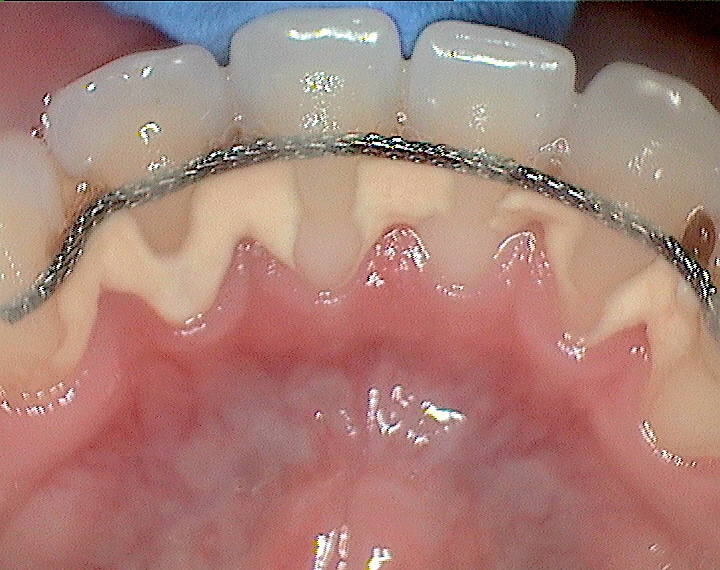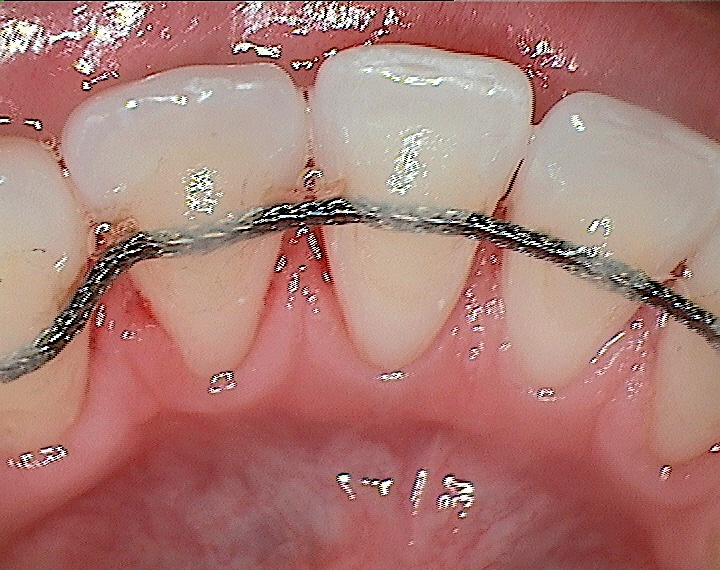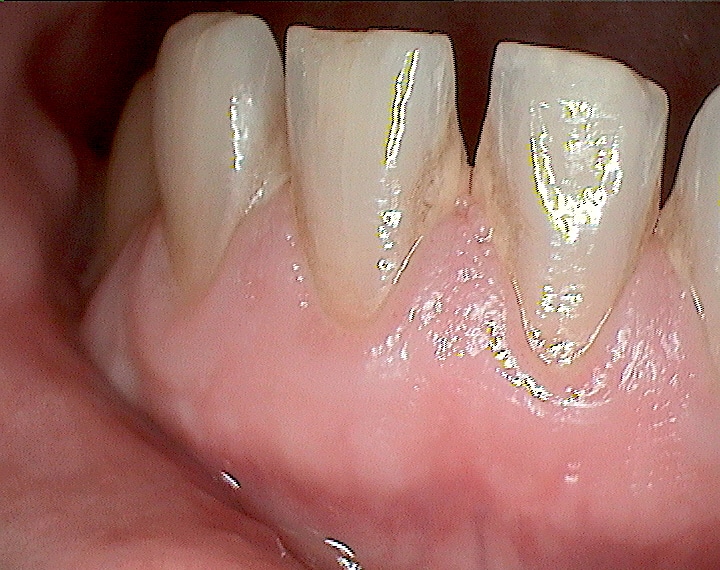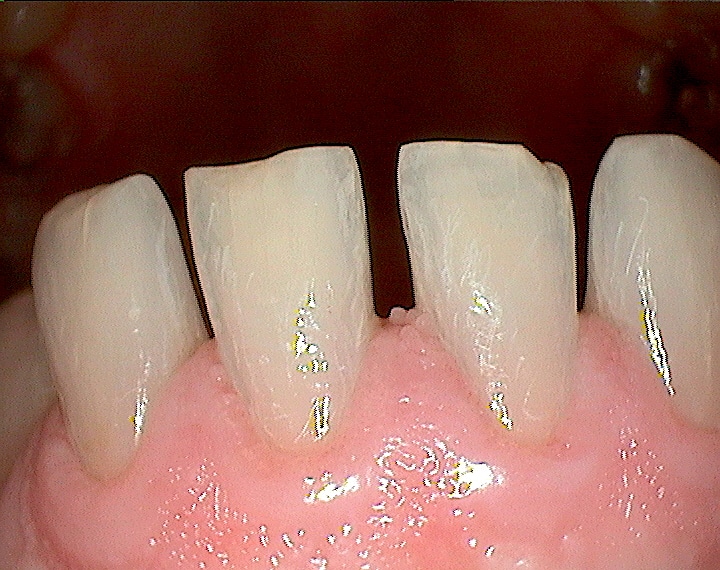Sealants
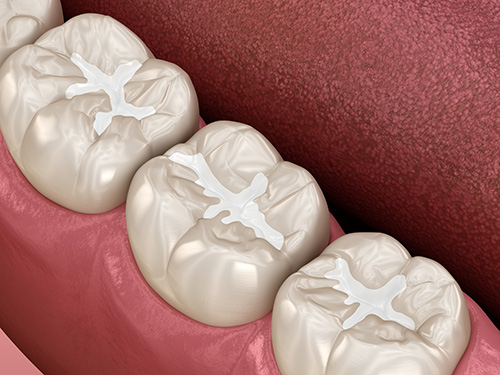
Even though your kids are brushing twice a day they can still get small cavities. Brushing and flossing cleans most of the surfaces of children’s teeth, but there are tiny crevasses in back teeth that are a serious challenge to clean. Molars and premolars have dips and creases that are perfect food and bacteria traps and young teeth are more vulnerable to decay. Along with regular exams and routine cleanings, we recommend, as a noninvasive, preventive procedure, that sealant is applied to back teeth to protect and keep them healthy while they mature and strengthen.
Dental sealant is a BPA free plastic material painted onto back teeth in order to seal the nooks and crannies and keep out food and other plaque-causing materials and make the tooth surface easier to clean. The procedure is simple, painless, fast, and takes only one visit. Dental sealant is incredibly strong and has been found to reduce the rate of decay by over 70% and lasts over a decade as long as there are no bruxism habits, making it well worth the money. Sealants are not just for kids! They are a also preventative measure for adults who don’t have decay or fillings in their molars and can be easily added your dental care plan.
Tooth Decay Prevention
According to the National Institute of Dental and Craniofacial Research, tooth decay is the most prevalent and preventable chronic disease in children and adults today. Tooth has no symptoms until a cavity in your tooth forms which leads to pain, infection, and potential tooth loss if left untreated. We partner with you to focus your a treatment plan on the prevention of tooth decay. Regular cleaning and maintenance with a Maplewood hygienist and excellent and consistent home care routine and topical fluoride treatment can go a long way in ensuring a healthy smile.

Home Care Steps to Good Oral Health:
- Eat healthy foods that are low in sugar
- Brush and floss 2 minutes twice a day with a fluoridated toothpaste
- Use a mouthwash or rinse regularly
- Schedule and keep appointments for routine cleanings
- Get fluoride treatments especially if your water is unfluoridated
- Have dental sealants applied to your back teeth
Oral Cancer Screening
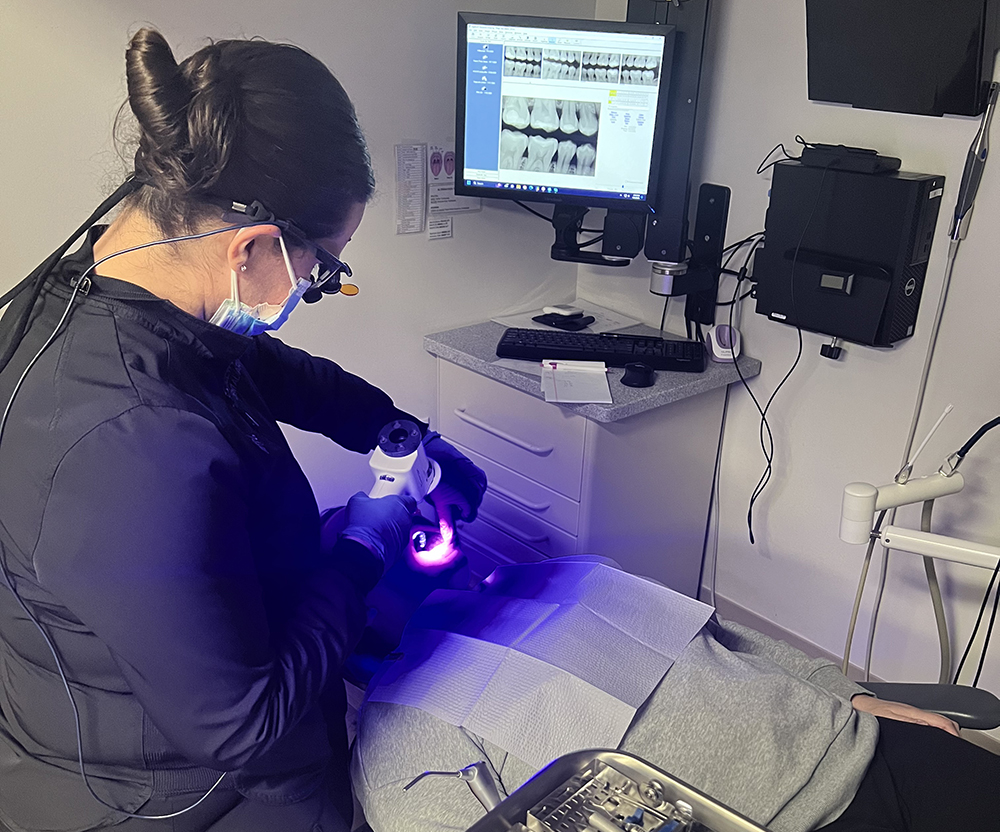
According to the American Dental Association, 41,000 Americans will be diagnosed with oral and throat cancers this year. With 60% of the U.S. population visiting the dentist each year, your dental provider is the first line of defense in early detection.
Maintaining your routine dental visits at Maplewood Dental Arts allows us to monitor and alert you to any abnormalities in your mouth. Regular oral cancer screenings increase your chances of successful treatment should any be cancerous.
Periodontal Gum Disease Preventative Care and “Perio Maintenance”
A lifelong healthy smile includes managing the care and health of your gums. Avoiding periodontal disease, which is caused by bacteria that attack the tissues and bone around the teeth, is necessary to keep your natural teeth strong and healthy. Because the signs and symptoms of periodontal disease are not always obvious, it is important to have your hygienist and dentist monitor your gums and provide a cleaning and maintenance plan that is best for you.
Signs and Symptoms of Periodontal Disease:
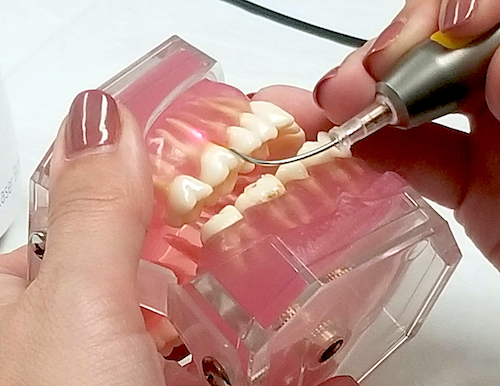
Periodontal disease can occur with no obvious symptoms until it is too late to save the teeth. It can be genetic and is worsened by smoking, uncontrolled diabetes, poor physical and cardiovascular health, or poor oral hygiene home care habits.
Bleeding gums: Any bleeding of the gums is a sign of infection and active disease and should be considered a warning sign of gum disease.
Bad breath: Plaque collects in the spaces between the teeth, creating the perfect living conditions for bacteria that produce odorous, sulfur-containing compounds, resulting in bad breath.
Redness or swelling of the gums: Inflammation of the gums is usually the first visible sign of periodontal disease.
Receding gums: If your teeth look longer than they used to, gum tissue is likely receding and exposing some of your tooth roots which makes your teeth more vulnerable to root decay and disease.
Sensitivity: When gums recede the exposed roots may become sensitive to hot or cold.
Periodontal abscess: If bacteria becomes enclosed in a periodontal pocket the area will fill with pus, becoming swollen and painful.
Loose teeth: Periodontal disease can lead to bone loss and then your teeth can become loose or migrate. Tooth loss can result.
Treatment and Prevention
Brushing and flossing your teeth effectively every day is the best way to prevent periodontal disease. Eating right, reducing stress in your life, and giving up unhealthy habits like smoking will also help ensure that you keep your teeth for a lifetime. Regular dental checkups and professional cleanings every 3, or 4 or 6 months are also an important part of maintaining periodontal health; we can reach into areas that your toothbrush and floss can’t.
We can also detect early forms of gum disease by evaluating your gum tissues visually and examining their attachment levels to the teeth. X-rays may also be used to assess the health of your tooth-supporting bone.
The mechanical techniques for removing plaque, tartar or calculus that are present on the root surfaces are called scaling, root planning or debridement. Maplewood hygienists will work with you to set up a customized “perio maintenance” plan best suited to prevent and or manage periodontal disease.
Hot/Cold Desensitization Treatment
Sensitive teeth can occur when the enamel thins due to wear or aggressive brushing and when the tooth’s root surface is exposed due to recession and/or periodontal disease. The second layer of tooth under the enamel and on the root surface is called dentin. Dentin has small tubules that communicate directly to the nerve of the tooth and so it is much more sensitive to hot and cold temperature changes.
OTC sensitive toothpastes have an added ingredient that helps “plug” up these exposed dentinal tubules over time, thus decreasing sensitivity, and should be your first line of defense to tooth sensitivity.
Topical fluoride treatments, in OTC toothpastes and rinses, in office topical fluoride or prescription strength fluoride, or sensitive toothpastes are also effective ways to strengthen the teeth and decrease sensitivity.
If the above options are not working for you we can bond the root surface or worn enamel areas with composite material to cover up these exposed areas or place a desensitizing bonding agent that will provide a thin shell of a coating on the root surface that covers the dentinal tubules and to decrease the sensitivity.





